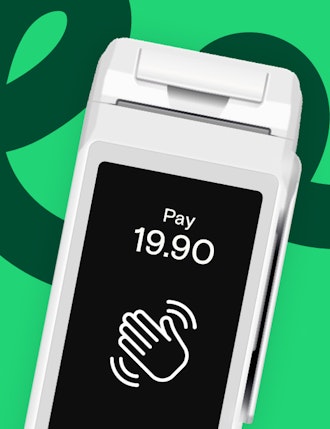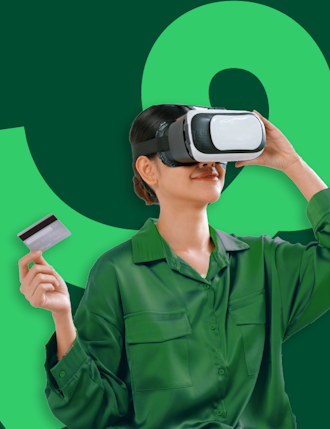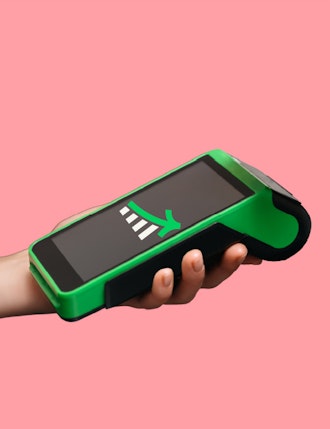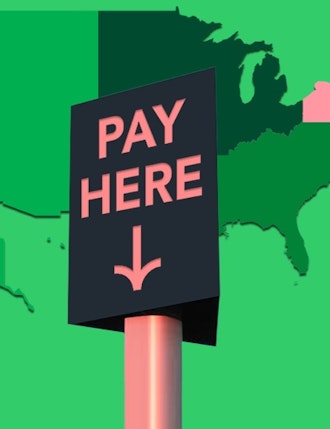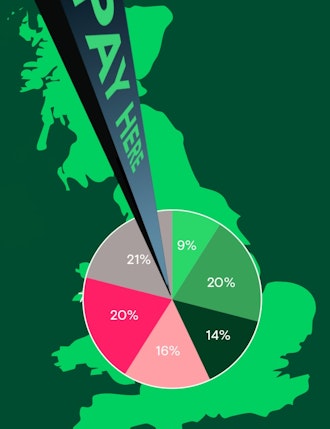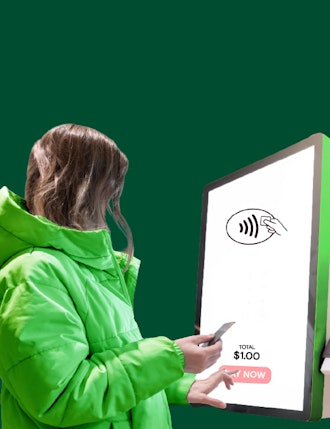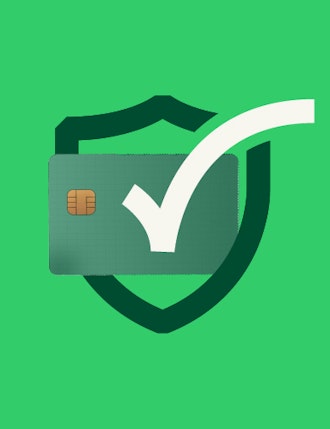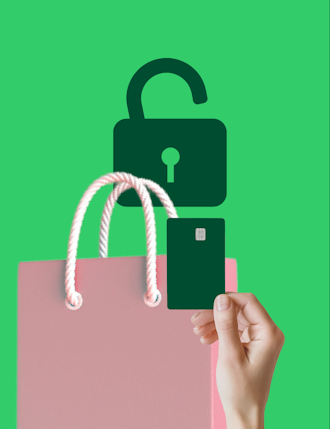What is the metaverse?
The metaverse is essentially an online version of real life. It encourages you to create an avatar, to buy items, socialize with your friends, and build out your own world.
How do payments come into it?
Just like in real life, the Metaverse will allow you to exchange currency for goods and services. However, some of those goods and services can be delivered to you outside of the Metaverse as well. Recently, a demo from the American retail giant, Walmart, has been circulating online. In the demo, the customer can walk through a simulated version of a Walmart grocery store. The customer is accompanied by a virtual assistant that can help guide them on a variety of topics, such as which wine would pair well with their selections. Additionally, the Virtual Assistant can help you find the freshest, ripest produce, providing you with expiration dates and making sure your food is fresh.
As a customer, you can fill up a trolley full of food and head to the checkout to pay for your goods. Once the payment is completed, your groceries will then arrive at your house in real life. This allows you to go to the store without the anxiety of having to deal with other people or the hustle and bustle of a busy supermarket. When you shop online in the Metaverse, there’s nobody hogging the checkout lanes!
As mentioned above, payments come into this because regardless of whatever somebody decides to do in the Metaverse, there will be a cost associated with it. Whether they pay with cryptocurrency like bitcoin, or a fiat money like the U.S. dollar or the Euro, people are still going to be paying for goods and services in the Metaverse.
Main industries currently profiting from the metaverse
Different retailers and industries are currently eyeing the Metaverse and planning on how their customers can benefit from it.
For example, Amazon has such a huge range of products that sometimes customers would like to be able to view before purchasing. They may want to get its dimensions to be able to visualise it in their homes more accurately. In the Metaverse, you can look at an item as if was in front of you. You can examine its dimensions, move it around, play with it, and try it in different colours.
Retail industries, whether it be clothing or grocery stores, have a huge opportunity to profit as they can allow people to continue doing what they’re already doing, but giving them a higher ease of access by doing it in the Metaverse.
Main challenges of virtual payments
One of the main challenges of virtual payments is validity. You need to be able to trust the website you’re buying from. If you go online and you see a product that you would like, but it’s on a website that you’ve never purchased anything from before, you may question the validity and security of that website. Part of you is going to ask, is this a secure website? Can I make this payment and trust that I’ll receive my goods without my credit card number being scammed? Maintaining your privacy and avoiding Data Theft are incredibly serious challenges for virtual payments.
For example, let’s say that someone wants to create custom furniture and then sell it online to people through the Metaverse. Customers can see what the furniture looks like in their Metaverse home and then purchase it and receive it in real life. However, how will that merchant take a payment from the customer? How can we make sure the customer feels secure making the payment and that the merchant will eventually receive their funds? In short, the Metaverse needs a trusted-payment medium, such as PayPal, in order to make sure customers feel secure making payments. It needs a payments system where customers don’t have to enter their details every time, where they can simply log into an existing account and know that their transactions are safe and secure.
The company that gets there first and promotes themselves as the “PayPal of the Metaverse”, will redefine online payments and establish themselves as a safe, secure, and valid way to take online Metaverse payments. Having that security is crucial to solving the main challenges of virtual payments. Metaverse customers need to be protected against payment fraud and Metaverse merchants against chargebacks.
Is widespread adoption possible?
Absolutely. Any business that has a ‘brick and mortar’ location in real life could benefit from establishing a shop in the Metaverse. Imagine you could shop for clothes, entertainment, and more from within the comfort of your own home.
Which industries may start using it in the next 5-10 years?
As mentioned before, any industry that relies on physical goods or services can benefit from the Metaverse. Whether it’s clothing, home furnishings, or education, the Metaverse can house everyone. A good example of a well-known business which would benefit from the Metaverse is eBay. Having a place where people could visually inspect the products before purchasing them would change the game.
Interested in reading more around this subject? Here are some useful articles…


